Do you have a gooseneck hitch ball that is stuck and you want to know what you can do to get it out? You’ve come to the right place, for we have researched this question, and we have the answer for you.
Here are the simple steps to get the gooseneck ball hitch from your truck:
- Apply a liberal amount of penetrating oil.
- Lift the middle pin and turn it 90 degrees to the side.
- Apply penetrating oil to the center of the pin and on the surrounding base.
- Insert a flathead screwdriver into the base as a lever.
- Use a hammer to apply downward force on the handle of the screwdriver.
- Apply more penetrating oil if it doesn’t budge.
- Repeat steps 3 to 6 until the gooseneck ball becomes loose enough and is lifted from your truck.
There are other popular designs for the gooseneck ball hitch, and we will discuss how to get them unstuck in the sections below. We also included instructions on how to take care of your gooseneck ball hitch and how to install an adapter for a fifth-wheel hitch in the succeeding sections. Read on!
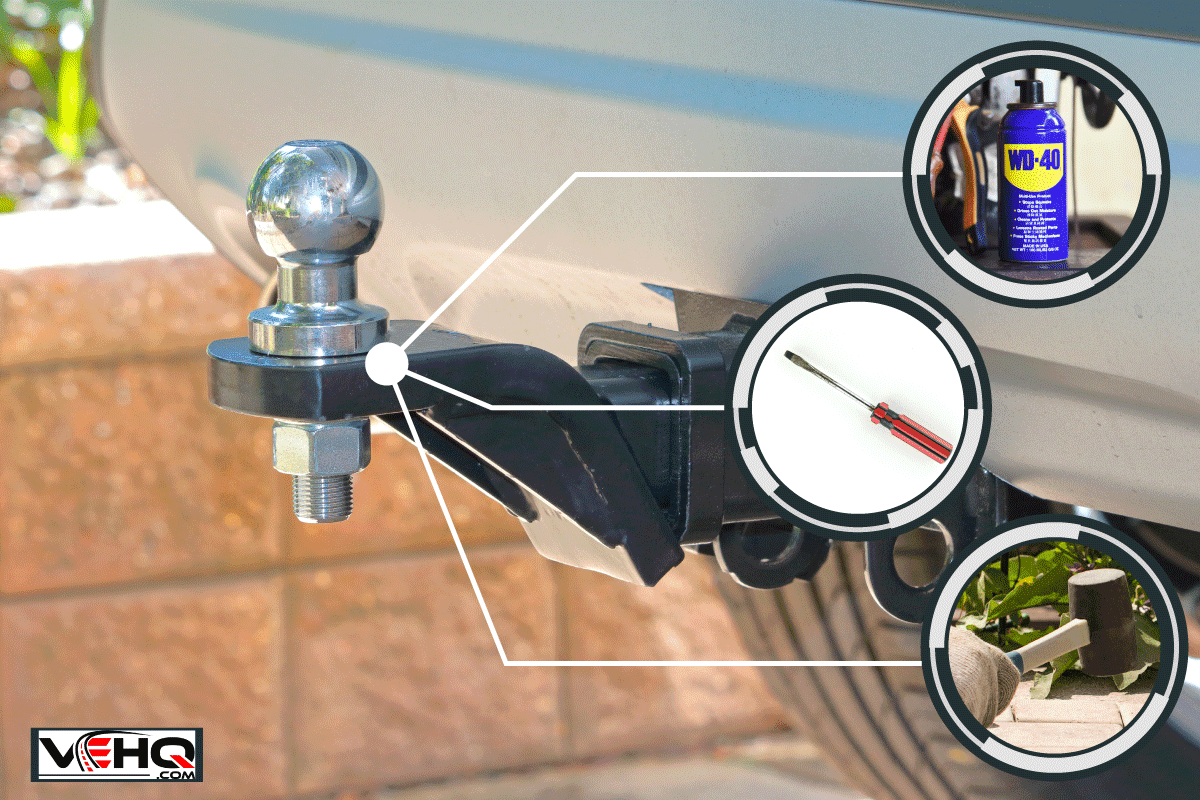
How to remove a pin-locked gooseneck ball hitch?
One popular design of gooseneck ball hitch that prevents it from getting stuck in your truck is pin-locked. This design is popularized by B&W’s Turnoverball model.
To remove this type of gooseneck ball hitch, simply locate the locking mechanism under the wheel well. Pull the locking mechanism and pull the gooseneck ball upward to remove it.
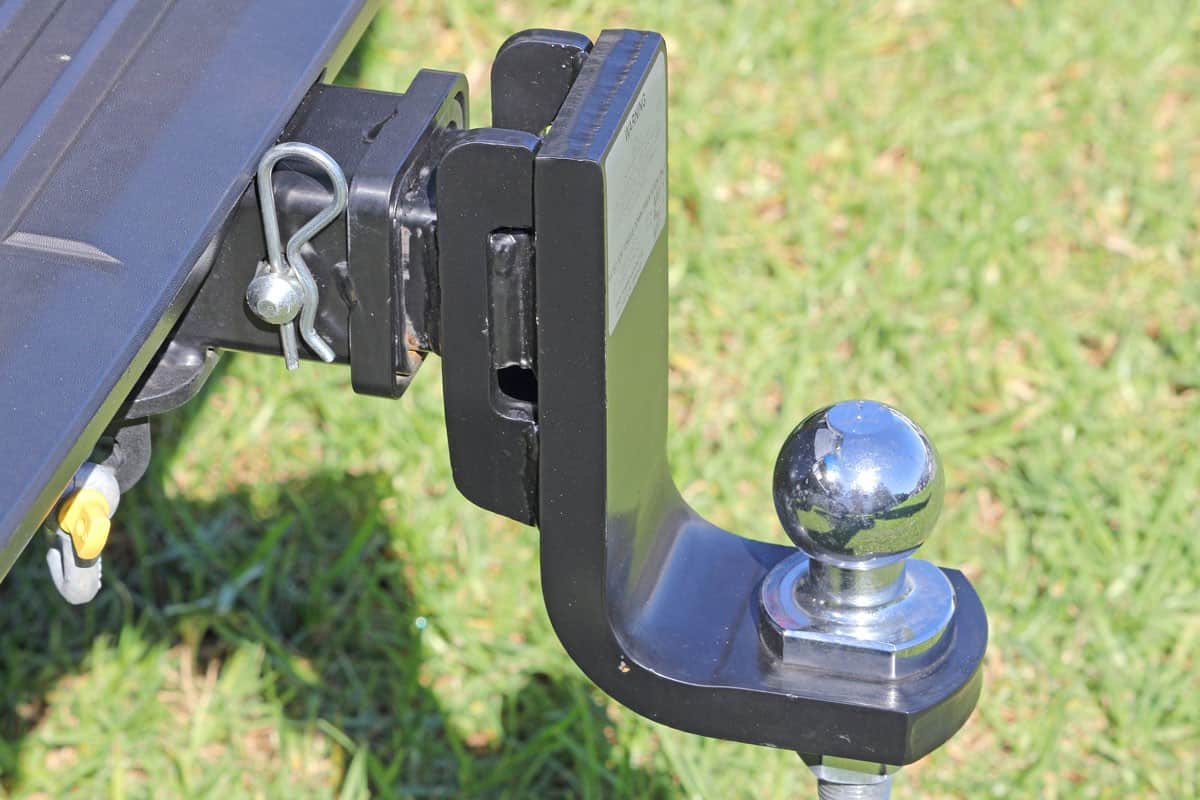
If the gooseneck ball of this design becomes stuck, spray it sparingly with penetrating oil from the top and bottom of the ball and leave it to soak.
The Free All rust eater deep penetrating oil is available on Amazon. Check it out through this link.
Use a rubber mallet to loosen the ball after soaking it.
The TEKTON rubber mallet with a fiberglass handle is available on Amazon. Check it out through this link.
How to prevent a gooseneck ball from getting stuck?
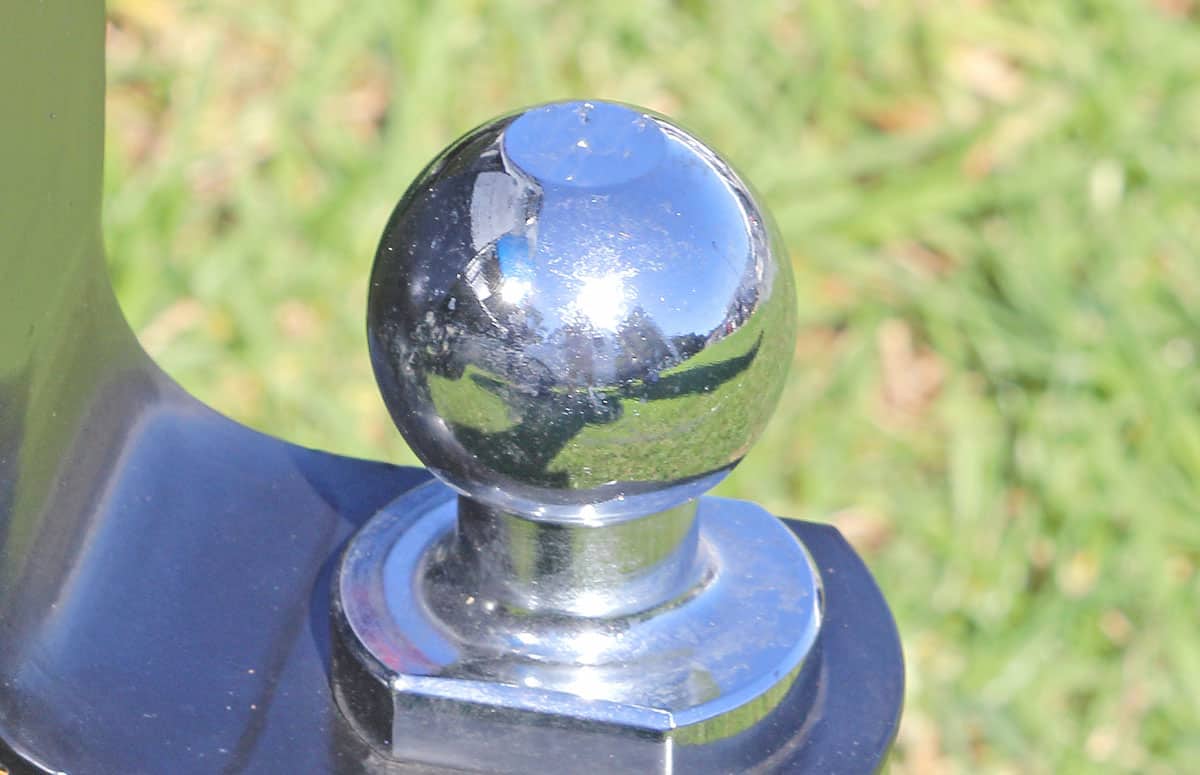
Modern gooseneck balls are often made of materials that do not rust easily. However, leaving them on your truck will cause them to accumulate enough rust to get stuck.
The best way to prevent the locks from rusting is to remove the gooseneck ball from your truck bed when you do not need it. The ball assembly is often designed to be removed and reattached easily.
Apply a thin layer of grease over the surface of the gooseneck ball and the receiving assembly. Include any locking mechanisms to prevent them from rusting while in storage.
Gooseneck balls with pin locks are less prone to locking up due to rust because they do not have ball bearings. However, the mechanism of the pin locks can rust, including the springs. Additionally, mud and dirt can get into the pin locks and cause the gooseneck ball to get stuck.
Follow the same method of keeping them rust and dirt free. A layer of grease will make it easier to slide off dried dirt and mud.
Can you install a gooseneck hitch yourself?
You can install a gooseneck hitch yourself if you have the right equipment and skill. However, some gooseneck hitch models might require you to do some fabrication for the installation.
Moreover, installing a gooseneck hitch means that you will need to set up your truck for the automatic braking system too. You will also need to install auxiliary circuitry to accommodate the controls for the trailer's signal lights.
Therefore, unless you are comfortable doing everything above, it is best to get yourself a professional to install the hitch for you. Hiring a professional will ensure that the installation will be exact to the specifications that your trailer needs. You can be sure that everything you need to haul a gooseneck trailer can be installed by the same installer.
Do you need to remove the truck bed to install a gooseneck hitch?
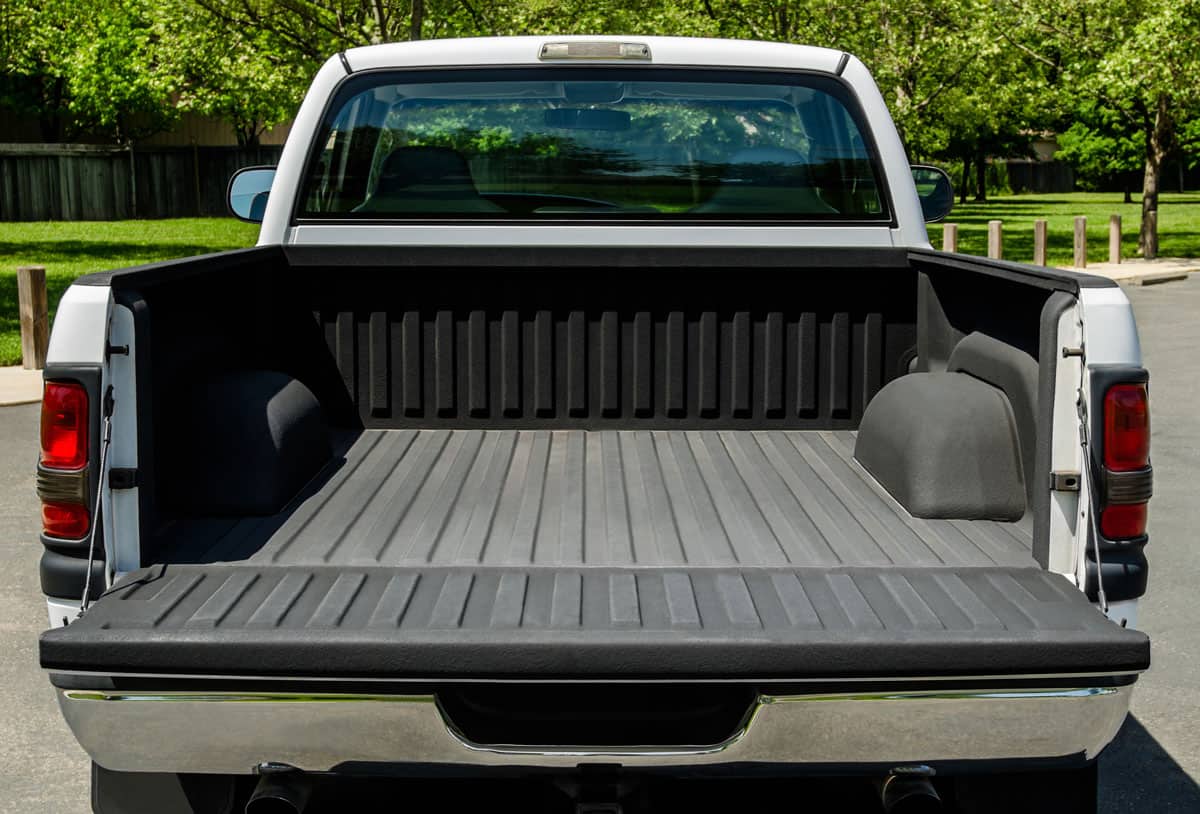
You can install most modern gooseneck hitches without removing the truck bed. Truck manufacturers also build their trucks to match popular gooseneck models from the best manufacturers, making it simpler to install on certain trucks.
Thus, if you’re installing a new gooseneck hitch model on a newer truck, it is likely that you do not need to remove the bed. However, if you’re installing a newer gooseneck hitch on an older truck model, it might be challenging for you to install the support plates without removing the bed first.
Ultimately, it will be up to you. If you’ve removed the bed of your truck before and you find it simple to remove and reinstall, then your job of installing the gooseneck hitch will be simplified by removing it. Keep in mind, however, that this is not a requirement.
On the other hand, if you’re not familiar with the removal of the bed and you’re not comfortable installing the gooseneck hitch on your own, then you might be better off getting a professional to install it for you.
Remember that a gooseneck hitch that is not installed right can lead to an accident.
Can you pull a gooseneck trailer with a bumper hitch?
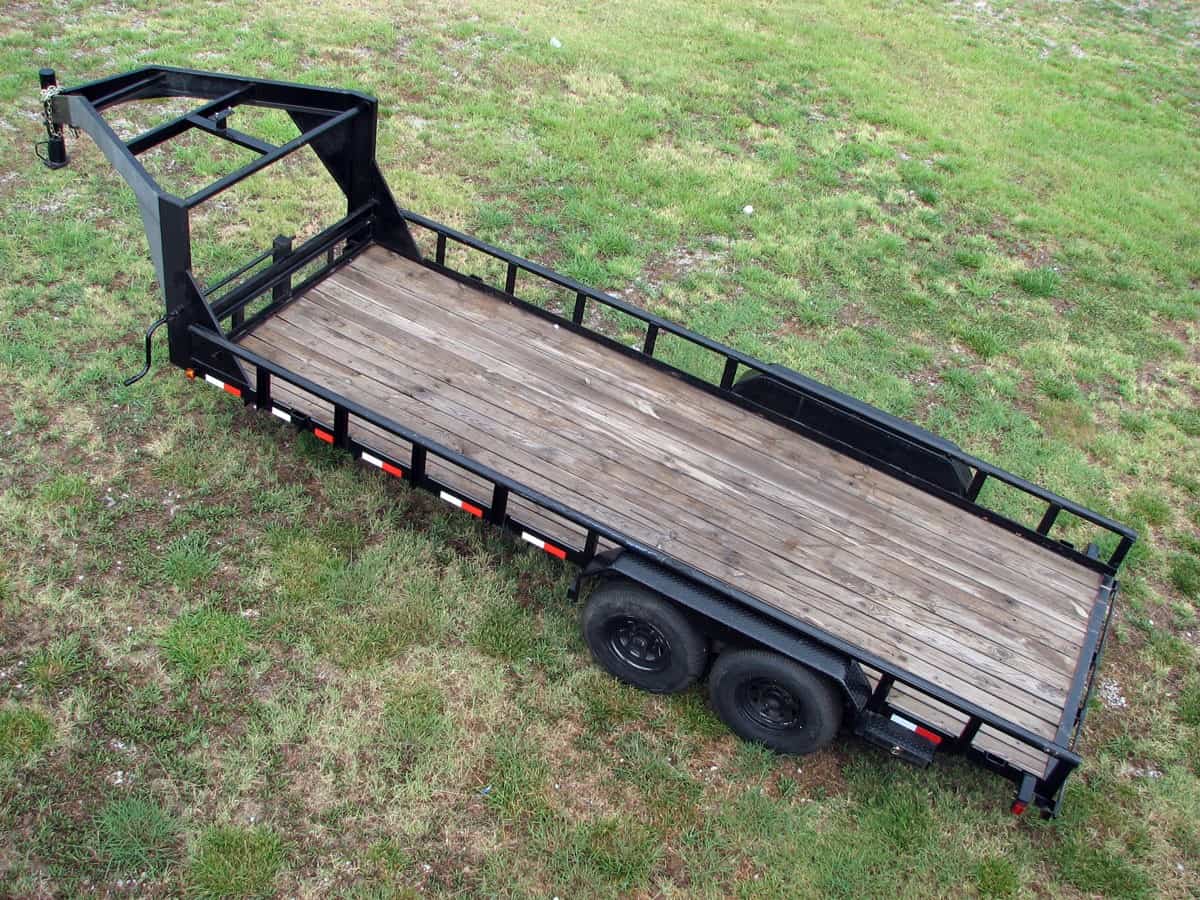
A gooseneck trailer is made to pull heavy cargo that is normally too heavy for a bumper hitch.
The maximum capacity of a bumper hitch caps out at 20,000 pounds. Gooseneck hitches, on the other hand, have capacities that exceed 30,000 pounds—way over that of a bumper hitch and even more than the capacity of a fifth-wheel hitch, which maxes out at 27,000 pounds.
Thus, even though you might be able to find an adapter that will allow you to connect your gooseneck trailer to your bumper hitch, it would not be a good idea. The capacity of a gooseneck trailer is beyond the maximum safe limit for a bumper hitch.
A gooseneck trailer is installed just ahead of or exactly above the rear axle of your truck. This increases stability and weight capacity because a portion of it overlaps a part of your truck.
The position of the hitch in a standard gooseneck makes weight distribution more effective, allowing it to safely tow more weight. This is not the case for a bumper hitch.
In sum, although you can connect a gooseneck trailer to your bumper hitch by using an adapter, it is not a recommended idea because it becomes more prone to accidents the heavier your trailer load gets.
Can my gooseneck hitch be behind my rear axle?
Similar to the explanation in the previous section, the ideal position of a gooseneck hitch is slightly ahead of the rear axle or exactly above it. Most newer truck models come with dimples in their beds that show you where to ideally install a gooseneck ball, and this is commonly positioned just slightly ahead of the rear axle.
Installing your gooseneck behind the rear axle makes it similar to a bumper hitch, where you miss the benefits of distributing the load on the rear axle. When you install it behind the rear axle, you lose the stability that a gooseneck hitch provides.
If you need more space between the back of your cab and your trailer, there are gooseneck accessories that can help you with this. We will talk about them in a later section of this article.
Can you put a gooseneck hitch in a short bed?
There is a simple way to tell if you can put your gooseneck trailer on a short bed truck. And here are the simple steps to follow to find out:
- Measure the distance (in inches) from the back of the cab to the gooseneck ball. Let’s call this "Distance One."
- Next, measure the width of the trailer—also in inches. If the gooseneck trailer has an uneven width, measure the width that is nearest to the rear of the truck’s cab.
- Divide the width of the trailer by two. We will call this value "Distance Two."
- Subtract "Distance Two" from "Distance One."
- If you get four or higher, then you can place your gooseneck trailer on your short bed truck. This result means that you can turn with minimal risk of collision between the trailer and the cab. If the result is less than four, then consider the options below because it will be extremely challenging to make sharp turns if you install that trailer to a short bed truck.
Tapered Or Wedge-Nose Trailers
Tapered gooseneck trailers or wedge-nose trailers allow you to connect a trailer to a short bed truck. The tapered front of the trailer reduces the distance needed between the trailer and the cab to make safe turns.
If you have a short bed truck, switching to a tapered trailer might be a good solution.
Extended Goose Coupler
These gooseneck accessories extend the distance between your trailer and your truck (from the back of the cab) by almost a foot. This additional clearance should be enough to allow your truck to make tight turns without colliding.
This is also a good option instead of moving your gooseneck hitch to the back of the rear axle. You’ll be able to keep the stability of the gooseneck hitch without compromising the turning angle of your truck and trailer.
Conclusion
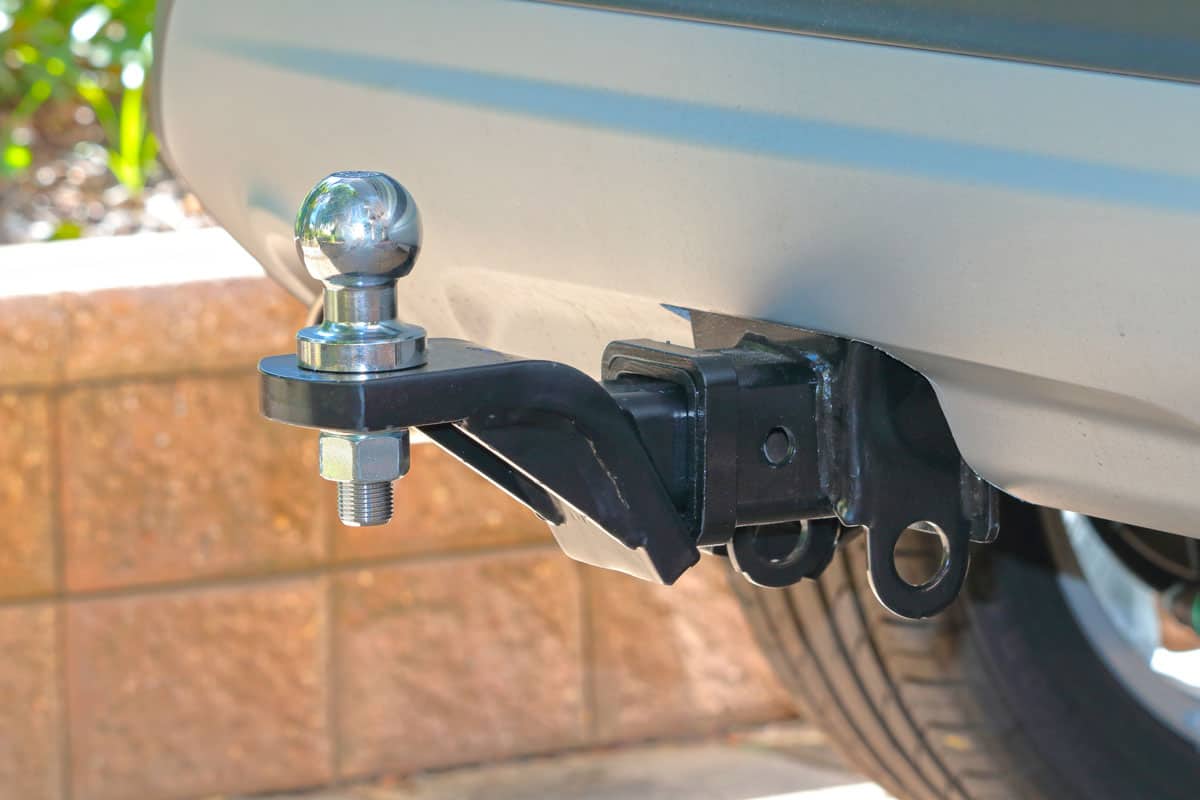
The gooseneck ball can easily rust when left to the mercy of the elements. Using a penetrating oil to dissolve the rust is the key to removing it.
If you enjoyed reading this article, you might find the article below equally interesting:


